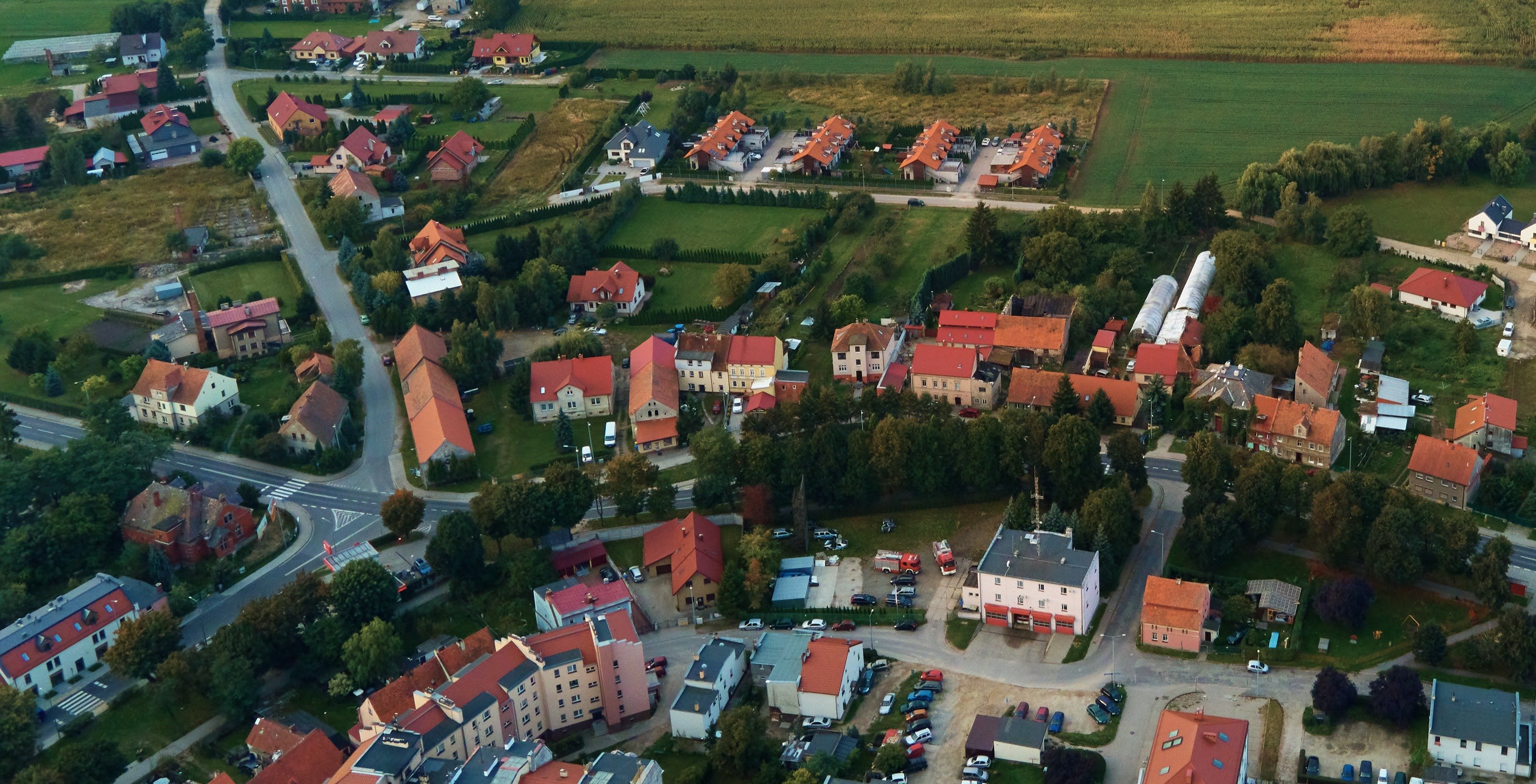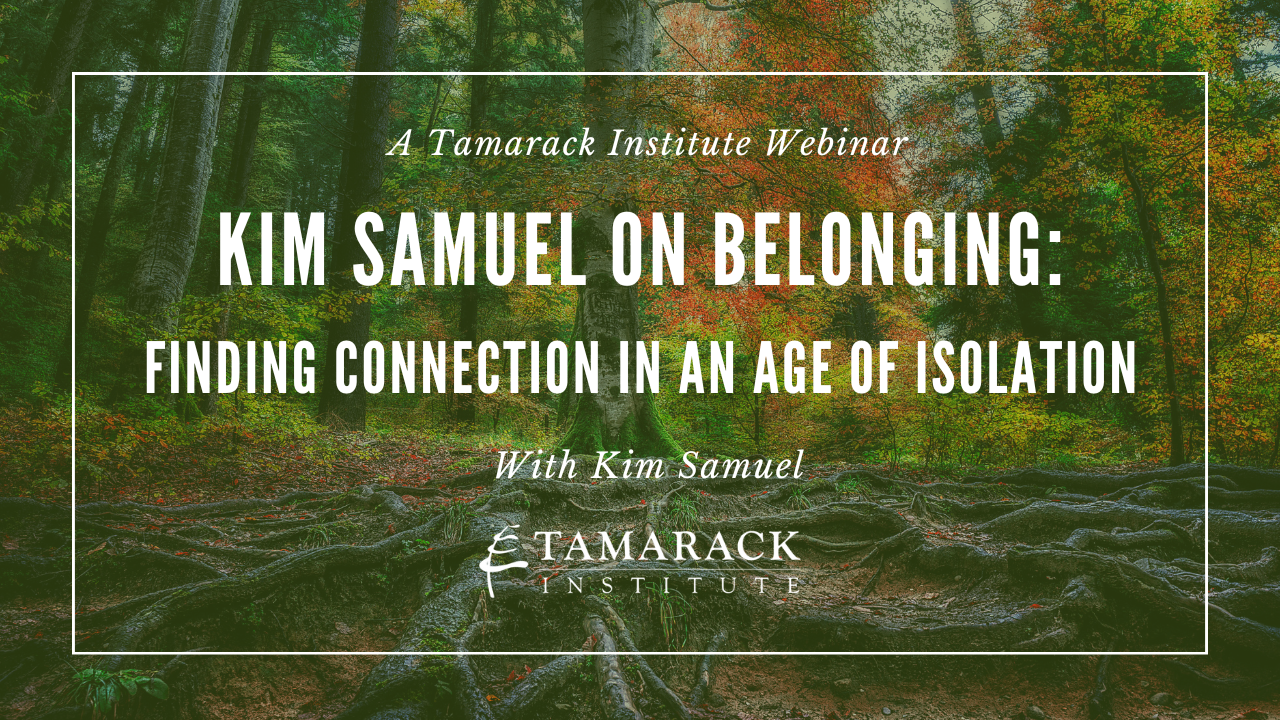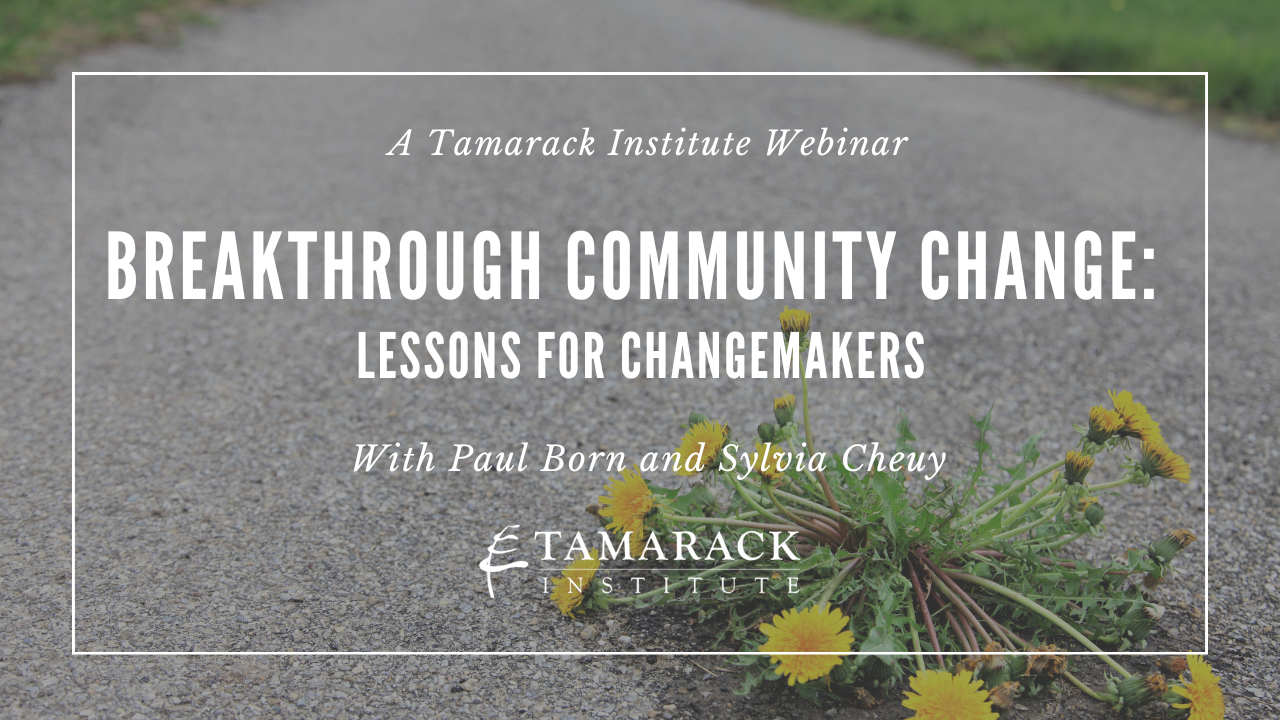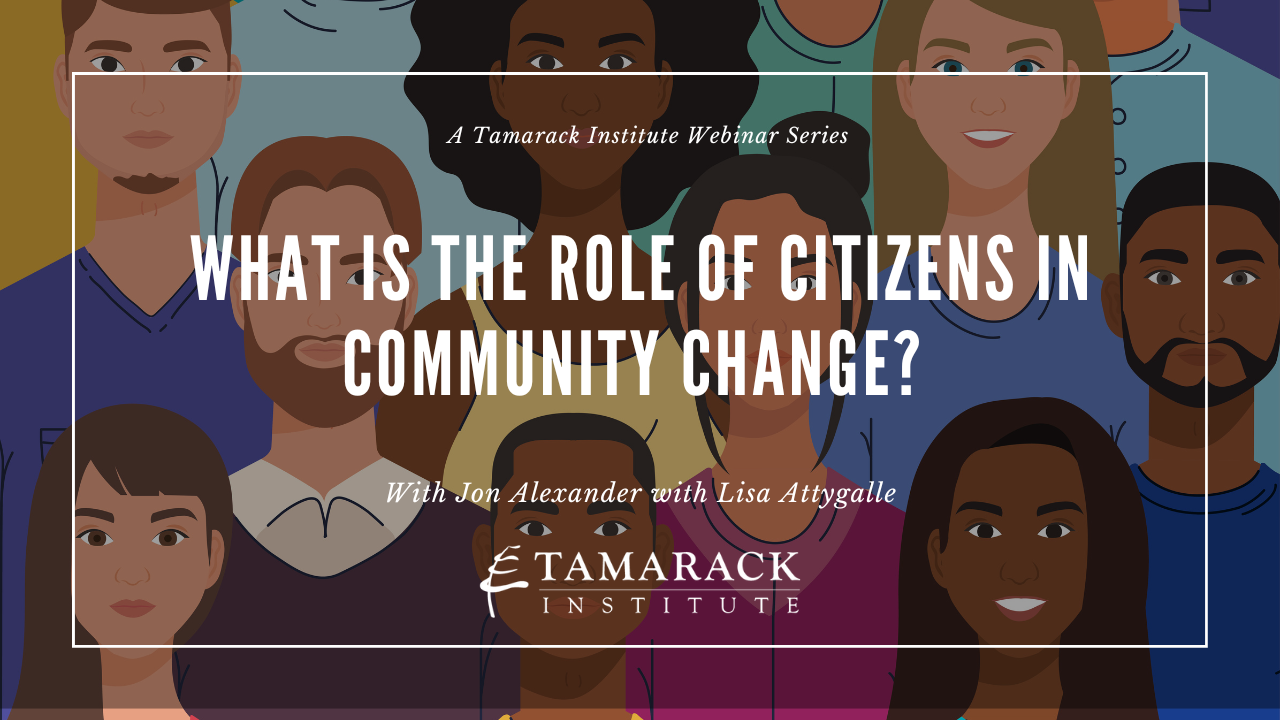How does the National Table of Community Development Corporations harness networking power in community development?
Discover the power of networking in this article written by Nicolas Soumis and Myriam Bérubé. This publication is part of a series of case studies that illustrate different ideas to inspire change-makers involved in community development in the Quebec context.
The autonomous community movement in Quebec is a force behind community development, with networking as a vital strategy. By uniting within associative structures, organizations in community development can increase their impact by sharing knowledge and resources, collaborating on common goals, and aligning advocacy efforts. These community development networks work in various sectors such as health, education, the environment, food, housing, immigration, culture, poverty reduction, and more.
The case of the Table nationale des Corporations de développement communautaire (TNCDC) demonstrates the advantages of this bottom-up approach and of networking in communication, coordination, and advocacy power. Explore this case study to uncover the power of networking in community development.





















